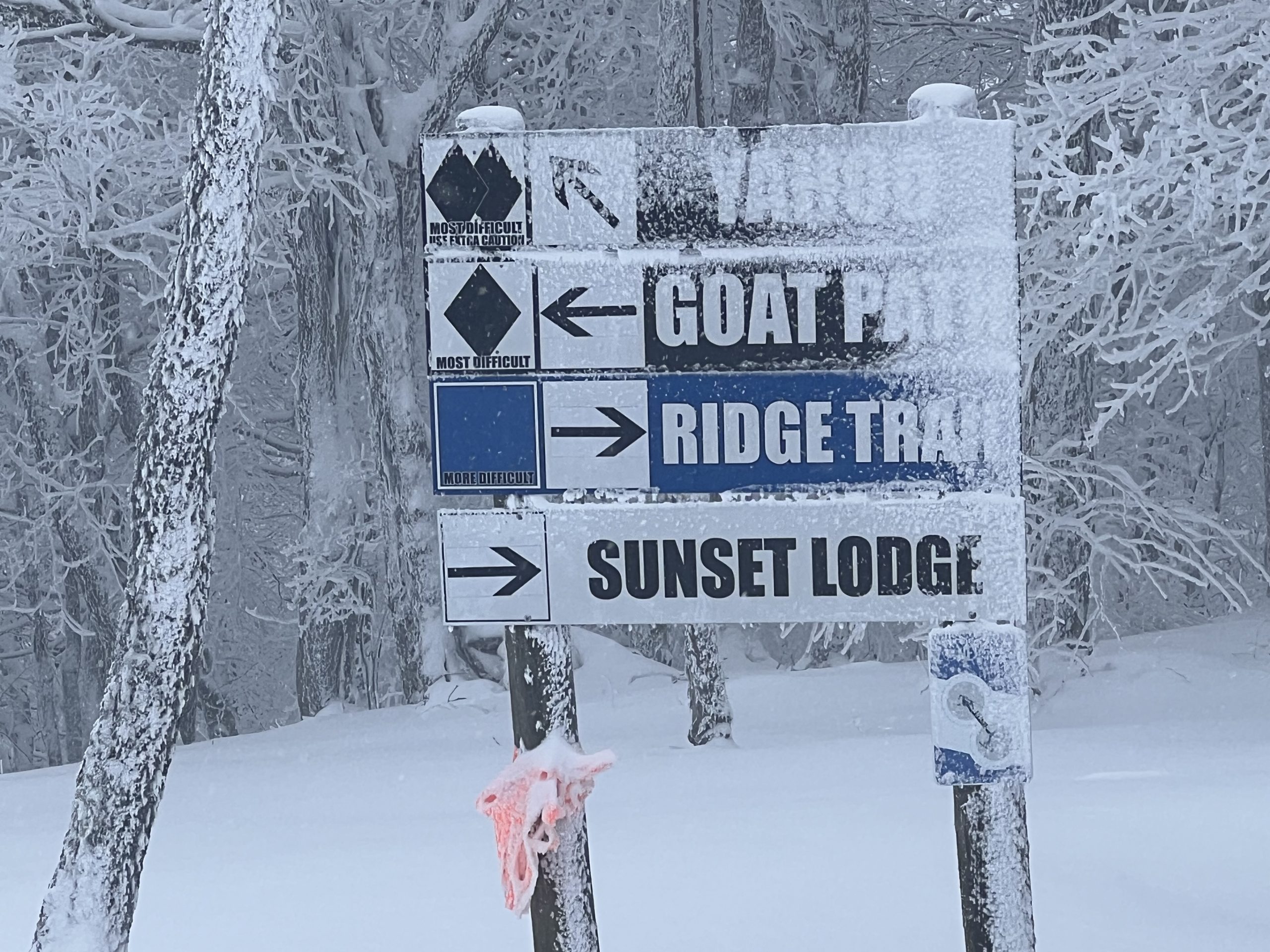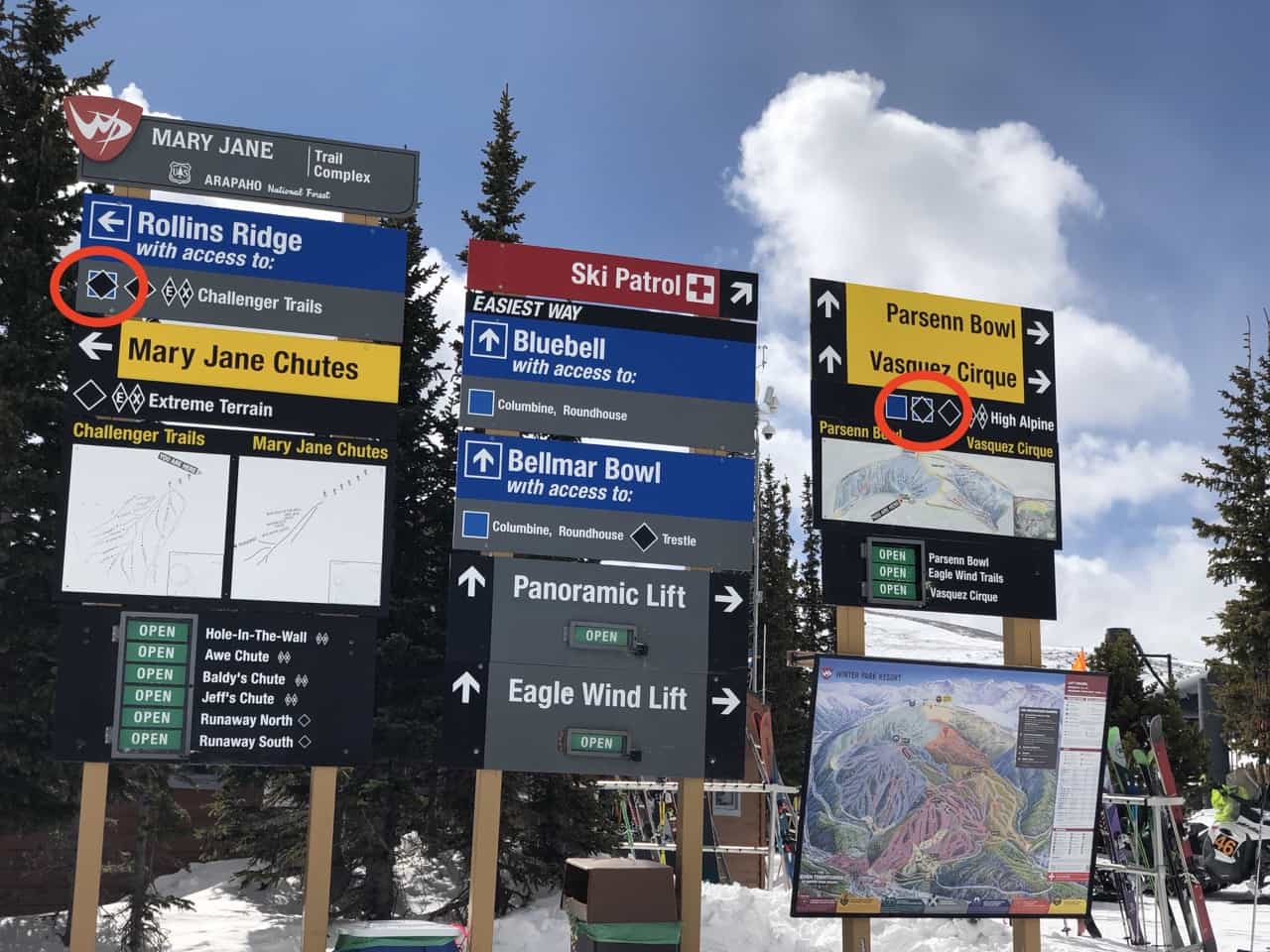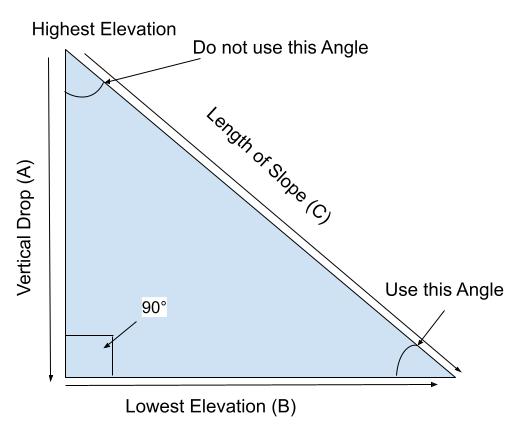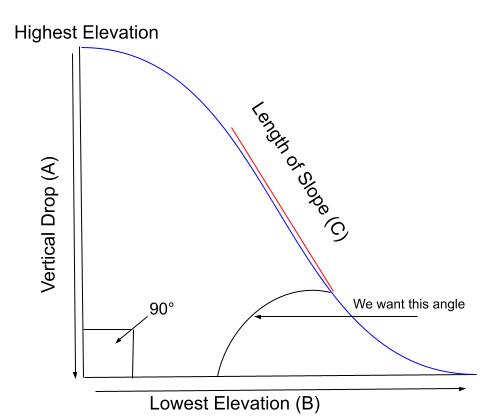
According to the National Ski Areas Association (NSAA), the U.S. had 473 ski resorts operating throughout the country during the 2021-22 season, offering different conditions, terrain, and elevations. However, when it comes to the classification of the difficulty levels assigned to varying slopes throughout these resorts, there seems to be an inconsistency throughout the ski industry in the U.S. Have you ever skied one classification of slope at resort (A) and then skied the same classification of another slope at resort (B) and the two slopes were not even close to being at the same difficulty level? Then you are not alone. Here is a look at why the classification system in the United States needs to be standardized when it comes to classifying slopes by difficulty level.
Quick History: The modern-day symbols and colors for beginner, intermediate, advanced, and expert-only slopes were created by the Disney Company. In the 1960s, Disney planned to build a ski resort in California’s Sequoia National Park. However, environmental factors came into play, and the ski resort never materialized. In the meantime, the National Ski Area Association (NSAA) saw the symbols Disney had made for classifying slope difficulty levels and liked them so much that they adopted those symbols in 1968.

Individual ski resorts can classify their slopes and runs without permission or oversight by a governing body. That is where the inconsistency comes into play with skiing at resort (A) one day and skiing at resort (B) the following and having trails and slopes marked differently regarding difficulty levels. Ski resorts identify their trails and slopes based on their mountain and not against other mountains. Therefore, a beginner slope at resort (A) might be one of the easiest trails at resort (A), but that same slope might be labeled an intermediate slope at resort (B). Some resorts even make up their own classifications; Winter Park Resort, Colorado, is one of the the only resorts in North America with blue-black runs.

This is frustrating and potentially dangerous, especially for beginner skiers relying on those trail markings to be accurate. Most people usually start their first run of the day on a beginner or intermediate slope to warm up and get their legs under them. This past season I visited a mountain and went down a slope marked beginner, and I was shocked at how difficult it was for a slope to be classified as a beginner slope. I have friends categorized as beginner to intermediate-level skiers/riders. I would have been concerned if they went down that slope, thinking it was a beginner-level slope when it was more geared towards intermediate-level skiers/riders.

So, how do ski resorts calculate or formulate how to classify a slope as a beginner, intermediate, or expert slope? The two significant factors are: how steep is the steepest section of the slope, and how long is the steepest section? The steepness factor comes into play regarding grade, most commonly shown as a percentage. This can be misleading, though, if the ski resorts choose to use the wrong angle to give a percentage. This happens more than you think, as ski resorts also like to boast their mountain’s steepness to attract more visitors to ski or ride there. We have all heard that some mountain claims to have the steepest vertical, the longest run, or the steepest grade in region “X.” That is a marketing ploy resorts use to get skiers and riders to visit their mountains.
We will jump into simple geometry here and keep it as simple to follow as possible to show how you calculate the grade or percentage of a slope. Calculating the steepness of a trail requires utilizing a right triangle representing the slope’s length. Side (A) is the total vertical drop of the slope, Side (B) represents the lowest elevation of the slope, and Side (C) represents the total length of the slope. With all the technology we have today, it is easy to find out the elevation, Side (A), and it is also easy to determine the lowest elevation, Side (B). The Pythagorean Theorem is used for figuring out the length of the slope or, in mathematical terminology, the (hypotenuse), Side (C). Note: The Pythagorean Theorem can only be used on 90° triangles, and the formula is: a2 + b2 = c2. There is more math to figure out the grade of the slope, and that is where it may get a little fuzzy for those who have not taken geometry in a long time.

The steepness of ski trails is usually measured by grade (as a percentage) instead of a degree angle. Generally, beginner slopes are between 6% and 25%, intermediate slopes are between 25% and 40%, and expert slopes are 40% and up. If every slope on the mountain were a perfect right triangle, it would be easy to calculate the grade or percentage of the slope. However, no slope is a perfect right triangle. Therefore, we must utilize the steepest section and the length of that section of the slope (represented by the red line in the diagram below) to calculate the degree angle and get the slope percentage. This equation has more steps to determine the slope angle, but that requires a calculator utilizing the “sin inverse” button. However, fundamentally the basics of figuring out the grade (percentage) are demonstrated in these two diagrams.
Whatever formula resorts use to figure out the grade (percentage) to classify slope difficulty levels, they must be universal or at least similar to what other resorts utilize throughout the U.S. It is almost like eating at a fast food restaurant in NYC and ordering a cheeseburger and then flying to Seattle and ordering the same cheeseburger from the same fast food restaurant and getting something different. No one wants that, and ski resorts should find a way to be more consistent so skiers and riders know exactly what to expect every time they go down a trail marked with a difficulty sign before skiing or riding down it.

I agree that standardization is not only helpful, but necessary, however it’s a very complicated subject. Have you ever considered whether the trail has moguls or not? Sunday River’s White Heat trail (a black diamond by any standard) sometimes is groomed flat or has been left ungroomed and has moguls as a result – two different degrees of difficulty. This is a challenge worthy of a mathematician.
Saying a trail is a beginner is misleading. It should be thought of as easier or easiest , to more difficult to most difficult, to extremely difficult.
i have seen trails marked easiest and easier before a double green which camelback one of the above photos has a double green being easiest single green easier then so forth with even having a double blue
You don’t seem to realize that the classifications are **relative to the other trails’ classifications at any given mountain.** Classifications are not consistent from mountain to mountain and no one should assume they are. If you want to take it upon yourself to write a guide book with your own classifications, you are free to do so!
Check out steepseeker.com. It addresses this very issue.